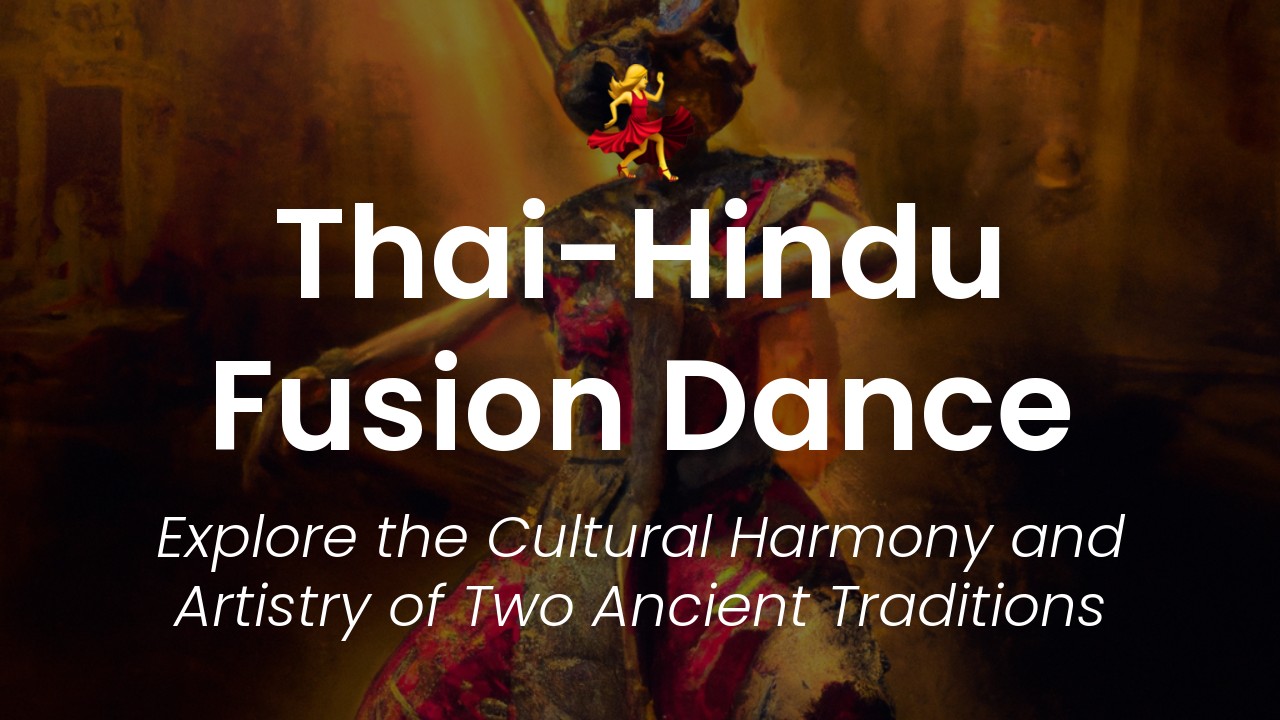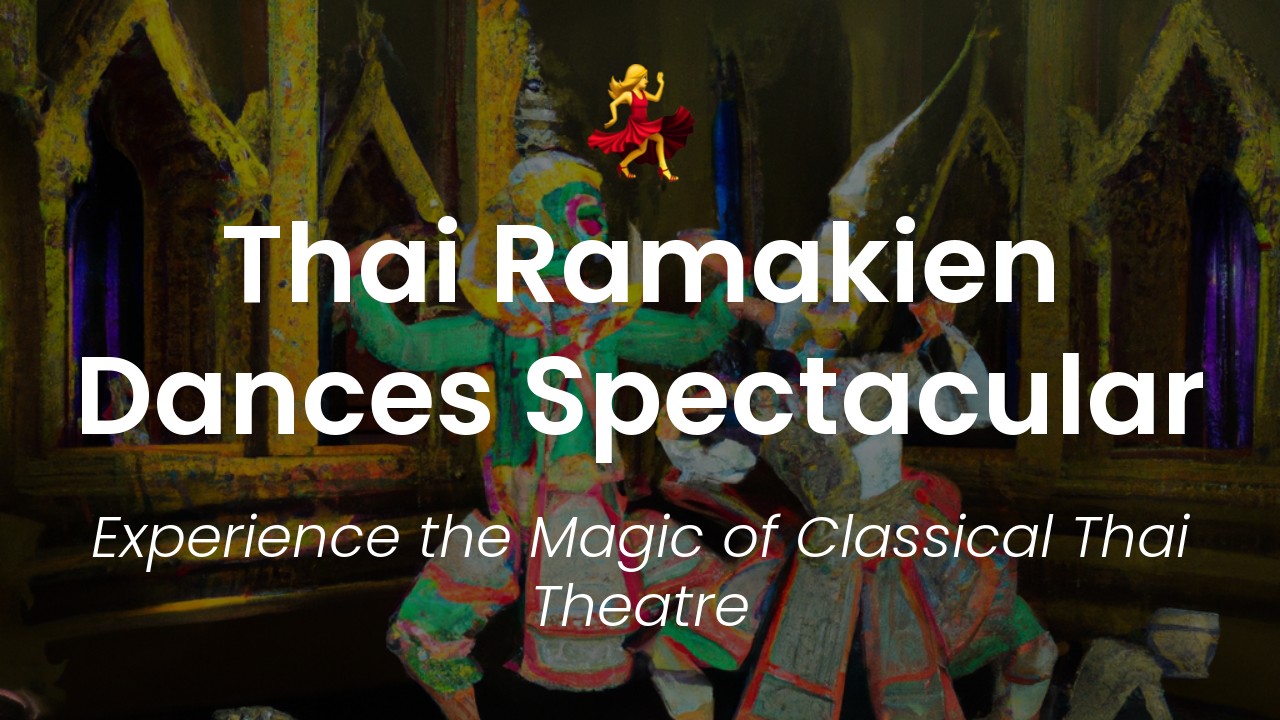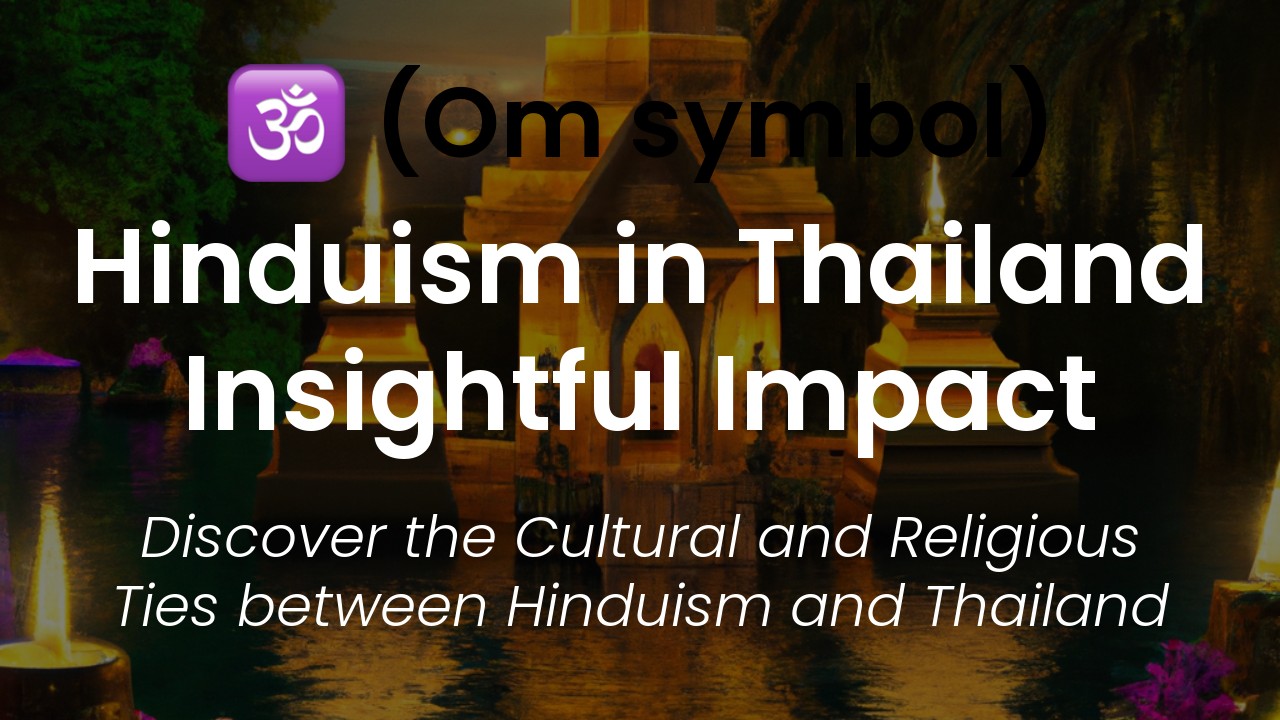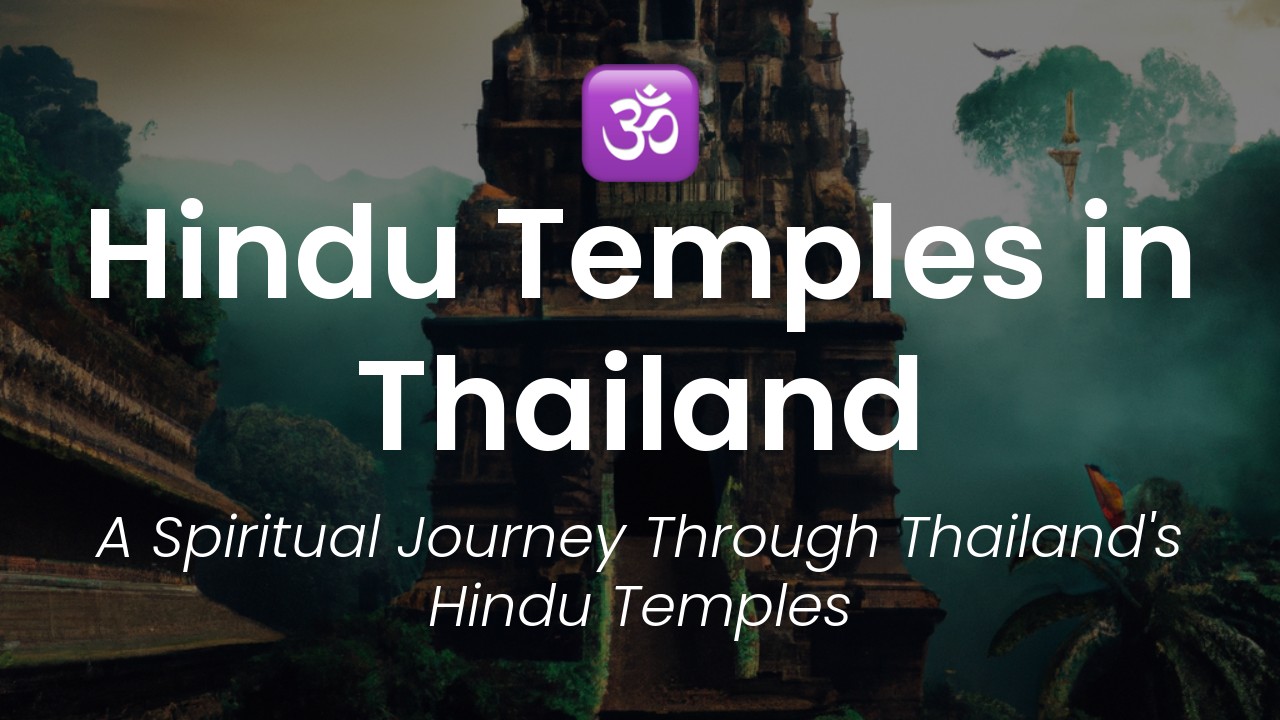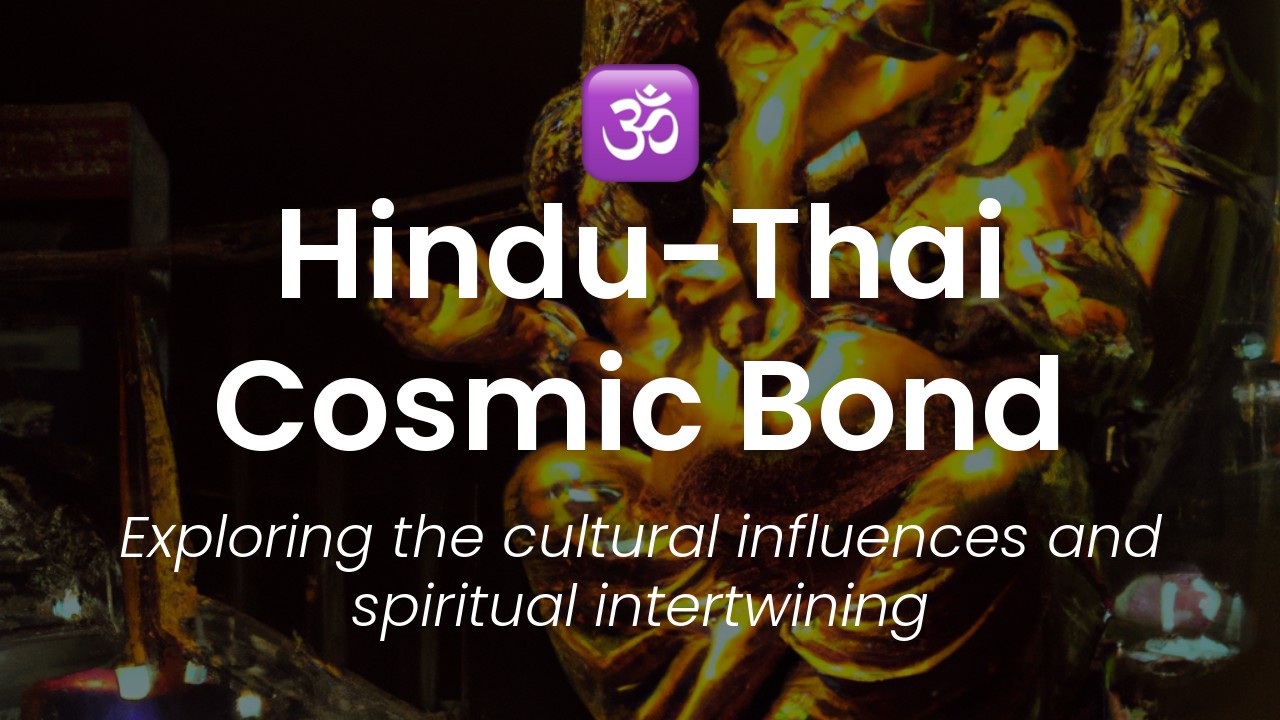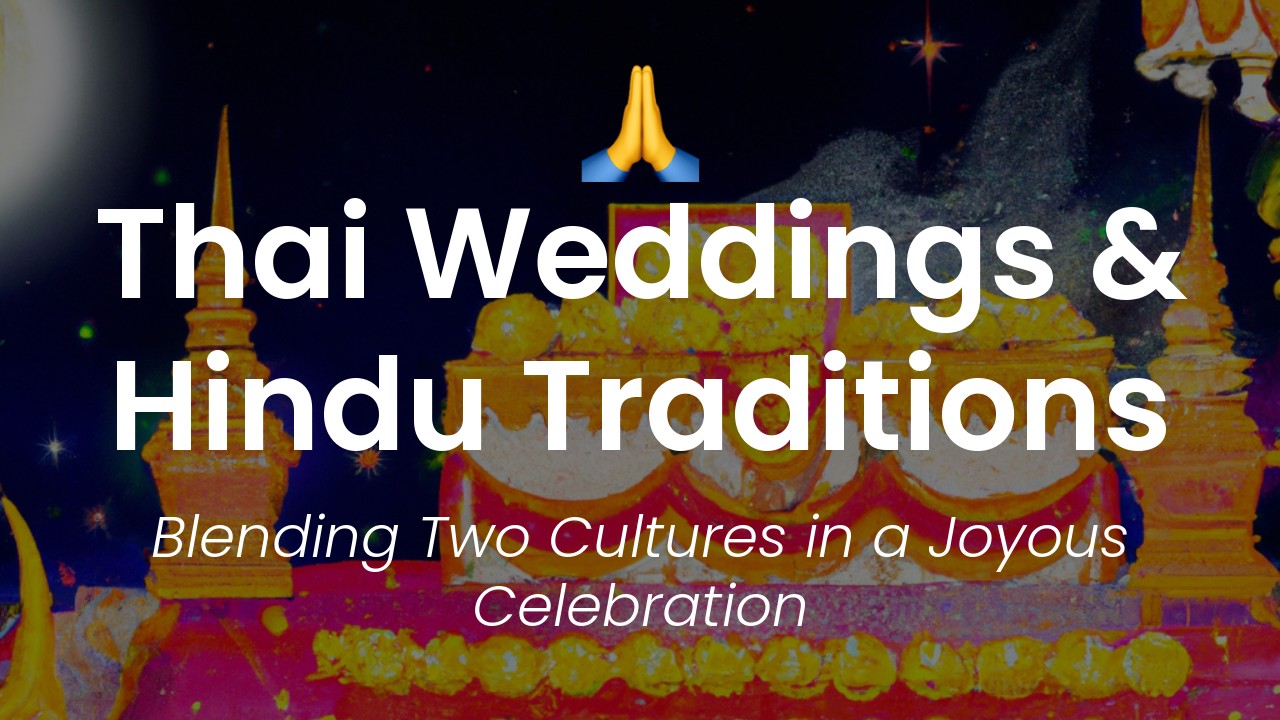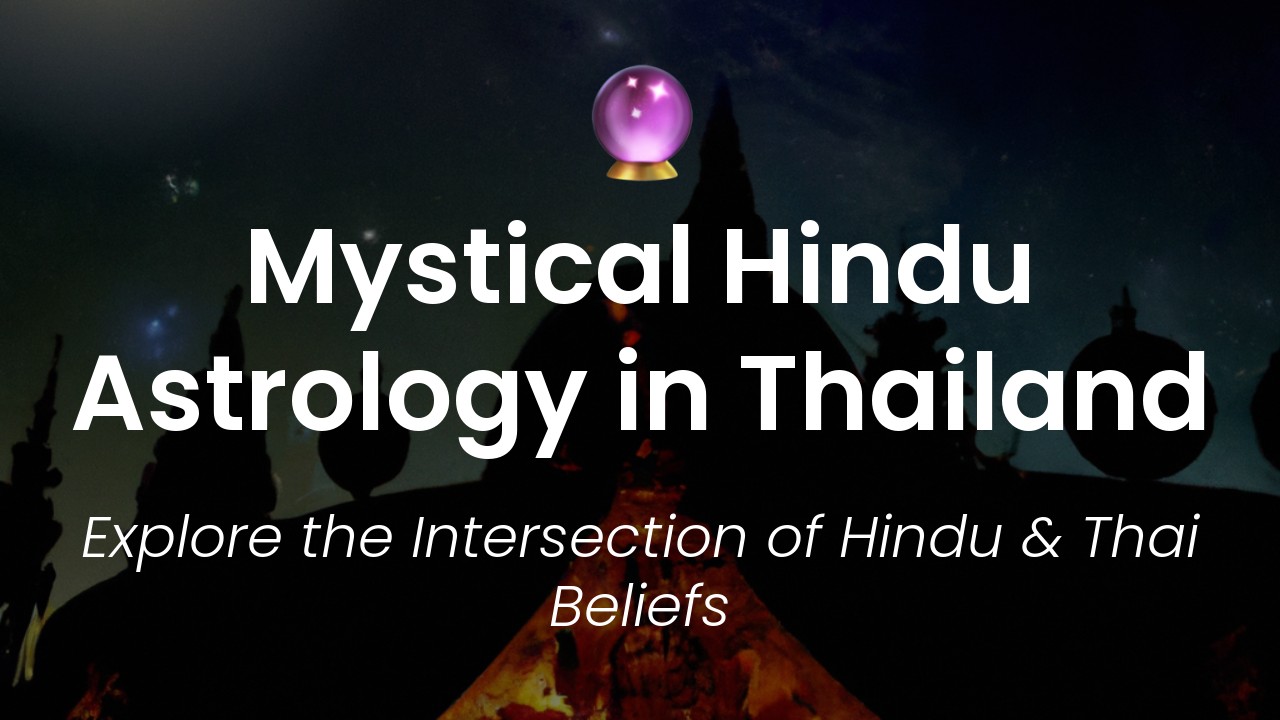Hello, lovely readers! As a Thai native, I am always in awe of my country's rich cultural heritage. One of the most intriguing aspects of Thai culture is its artistic expression through dance, particularly how it blends with Hindu mythology.
Thai dance has evolved over centuries, absorbing influences from various sources including India, China, and Cambodia. The combination of these diverse influences has created a unique dance style that is both beautiful and fascinating.
However, what truly sets Thai dance apart is its incorporation of Hindu mythology. Many Thai dances depict scenes and characters from famous Hindu epics such as the Ramayana and the Mahabharata. These stories have been adapted and retold in numerous Thai dance dramas, each with a distinct local flavor.
In this upcoming article, I am excited to share with you the beauty and intricacy of Thai dance and how it merges with Hindu mythology. We will explore the origins of Thai dance and its evolution through the influence of various cultures. We will also delve into the meanings behind the gestures, postures, and symbolism in Thai dance, specifically in relation to the Hindu mythology that inspires it.
So join me on this journey of discovery as we explore the world of Thai dance and its fascinating blend with Hindu mythology. I promise you will be enchanted by the vibrant colors, graceful movements, and captivating stories that make up this unique art form.
Origins of Thai Dance and Hindu Mythology
Thai dance has been a part of Thai culture for centuries. It has evolved over time and draws its inspiration from various sources. However, one of the most significant influences on Thai dance has been Hindu mythology.
Hinduism is one of the oldest religions in the world and has played a significant role in the development of Thai culture. Hinduism was introduced to Thailand by Indian traders who brought with them their culture, language, and traditions. Over time, the influence of Hinduism on Thai culture became more apparent, including the art of dance.
Connection between Thai Dance and Hindu Religion
The connection between Thai dance and Hindu religion can be traced back to the Ramayana, one of the two great epics of Hinduism. The Ramayana tells the story of Prince Rama, who goes on a quest to rescue his wife Sita from the demon king Ravana. The epic is believed to have been written by the sage Valmiki around the 4th century BCE.
The Ramayana has been a source of inspiration for Thai dance artists for centuries. The epic contains vivid descriptions of the gods and goddesses, kings and queens, and demons and monsters that populate the story. Thai dance artists have used these descriptions as a basis for their performances, creating a unique blend of Thai and Hindu cultures.
Story of the Ramayana in Thai Dance
The story of the Ramayana has been retold countless times in Thai dance performances. The dance tells the story of Prince Rama's journey to rescue his beloved wife Sita. Thai dancers use intricate hand gestures, facial expressions, and body movements to bring the characters to life. They also wear elaborate costumes and makeup to enhance the performance.
One of the most famous Thai dance performances based on the Ramayana is the Khon dance. Khon is a form of masked dance that originated in the royal court of Thailand. The dance tells the story of the Ramakien, which is the Thai version of the Ramayana. The Khon dance is performed by a group of dancers, each of whom wears a colorful mask to represent a specific character.
Traditional costumes and movements in Thai Dance
Thai dance is known for its elaborate costumes and movements. The costumes are brightly colored and often feature intricate embroidery and beadwork. The dancers also wear makeup to enhance their facial expressions and create a more dramatic effect.
The movements in Thai dance are graceful and fluid, and the dancers use their entire bodies to tell the story. They use a combination of hand gestures, facial expressions, and body movements to convey emotions and actions. The movements are often slow and deliberate, emphasizing the beauty and elegance of the dance.
Dance Performances in Thailand and Their Significance
Thai dance performances are an integral part of Thai culture. They are performed at various occasions, including festivals, weddings, and religious ceremonies. The performances are a way to showcase the beauty and uniqueness of Thai culture and its connection to Hindu mythology.
One of the most significant dance performances in Thailand is the Royal Barge Procession. The procession takes place on the Chao Phraya River in Bangkok and features a series of ornate barges manned by Thai dancers. The dancers perform traditional Thai dances on the barges as they sail down the river. The procession is a beautiful spectacle that showcases the elegance and grace of Thai dance.
Influence of Hindu Mythology on Contemporary Thai Culture
The influence of Hindu mythology can be seen in many aspects of contemporary Thai culture. Art, architecture, and even cuisine have been influenced by Hindu traditions. Thai dance is just one example of how Hindu mythology has shaped Thai culture.
Today, Thai dance continues to evolve, drawing inspiration from various sources. However, the influence of Hindu mythology remains strong, and many Thai dance performances still draw upon the stories and characters from the Ramayana.
The Significance of Preserving Thai-Hindu Dance Heritage
As Thai culture continues to modernize, it is important to preserve the heritage of Thai-Hindu dance. Thai dance is a unique art form that has evolved over centuries, drawing its inspiration from various cultures and traditions. By preserving this heritage, we can ensure that future generations can continue to appreciate and enjoy the beauty of Thai-Hindu dance.
In conclusion, the fascinating blend of Thai dance and Hindu mythology has created a unique art form that is both beautiful and captivating. Thai dance has evolved over centuries and continues to draw upon the stories and characters from the Ramayana. As we look to the future, it is essential that we preserve this heritage and continue to appreciate the beauty and elegance of Thai-Hindu dance performances.

